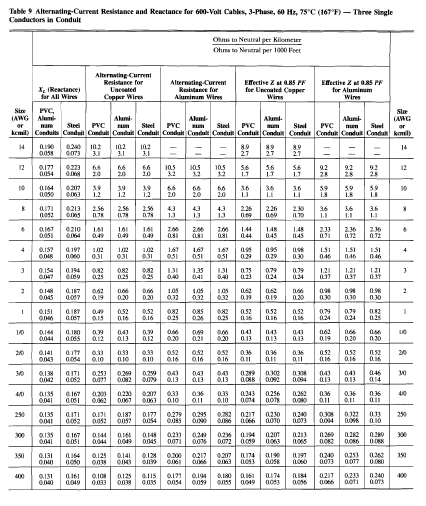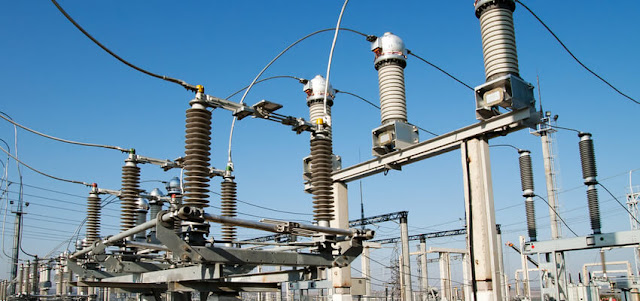Type of DC Network: Network insulated from ground
 |
| Network Insulated From the Ground DC Systems | Source: ABB |
This type of network represents the easiest connection to carry out as no connection between the battery terminals and ground is provided. These types of systems are widely used in those installations where grounding is difficult, but above all where service continuity is required after an initial ground fault.
 |
| Network Insulated From the Ground DC Systems | Source: ABB |
However, because no terminals are grounded, the risk with this connection is that dangerous overvoltages could occur between an exposed conductive part and ground due to static electricity. These hazards can be limited by overload dischargers.
Fault types in a network insulated from ground
 |
| Fault A |
Fault A is characterized by having a fault between the two terminals is a short-circuit current fed by the full voltage U. The breaking capacity of the circuit breaker shall be sized according to the short-circuit current relevant to such fault.
 |
| Fault B |
Fault B is characterized by having a fault between a terminal and ground that has no consequences to plant operation since such current has no reclosing paths and consequently, it cannot circulate.
Fault C is characterized by having a fault between a terminal and ground that has no consequences to plant operation.
In the case of a double fault (B and C), as shown in the figure above, the current might circulate and find a reclosing path. Therefore, it is advisable that a device capable of signaling a ground fault or a decrease of the insulation to the ground of a terminal be installed in the plant.
In this way, the fault is eliminated in good time to prevent the occurrence of a second ground fault on the other terminal. The consequent total inefficiency of the plant due to the tripping of the circuit breaker caused by the short circuit generated on the two terminals to the ground is also avoided.
Related Article: Direct Current System Application and Generation
Conclusion
With this type of network, the fault type which affects the version and connection of the circuit breaker poles is fault A (between the two terminals). In an insulated network, it is necessary to install a device able to signal the presence of the first ground fault so that it can be eliminated to avoid any problem arising from a second ground fault.
In fact, in case of a second ground fault, the circuit breaker could have to interrupt the fault current with the full voltage applied to a single terminal and consequently with an insufficient arc voltage.
- Source:
Publisher: ABB
Download Here




.webp)











Your post is so useful for students. We can complete get to know about the DC networks. On this time, you can get the Cleaning Services in Sacramento CA to me.
ReplyDeleteThe consequent total inefficiency of the plant Buy Custom Essay Online due to the tripping of the circuit breaker caused by the short circuit.
ReplyDeletenetwork addresses the most straightforward Online Homework Service association with complete as no association between the battery terminals and ground is given.
ReplyDelete